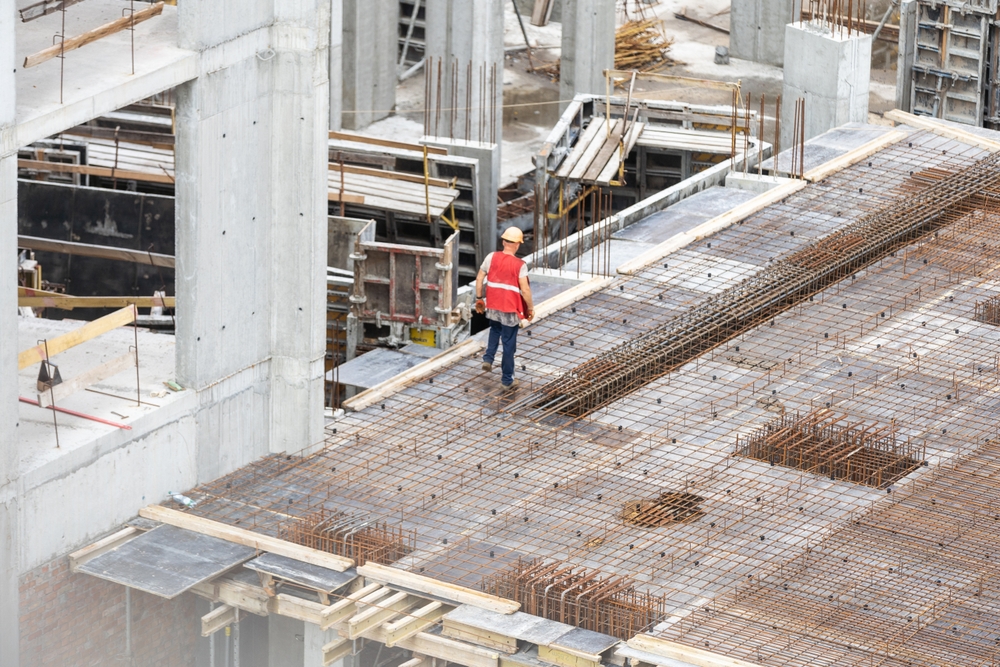Using Data Analytics for Construction Risk Management
Using Data Analytics for Construction Risk Management

Data Analytics for Construction Risk Management: In today’s construction industry, data analytics has emerged as a game-changer in managing risks effectively. By leveraging vast amounts of data generated throughout the construction process, project managers can make informed decisions that enhance project outcomes, reduce costs, and improve safety. This blog post explores how data analytics can be applied in construction risk management.
Understanding Data Analytics in Construction
What Is Data Analytics?
Data analytics involves the systematic computational analysis of data to discover patterns, correlations, and insights. In the context of construction, it encompasses a range of techniques and tools that help in the assessment and management of risks.
The Role of Data Analytics in Risk Management
Risk management is a critical aspect of any construction project. By applying data analytics, project managers can:
- Identify Risks Early: Detect potential issues before they escalate.
- Quantify Risks: Assess the impact of risks on project timelines and budgets.
- Enhance Decision-Making: Make data-driven decisions to mitigate risks effectively.
Key Applications of Data Analytics in Construction Risk Management
1. Predictive Analytics
Predictive analytics uses historical data and statistical algorithms to forecast future events. In construction, predictive analytics can help project managers:
- Forecast Delays: Analyze past project data to predict potential delays in future projects.
- Estimate Costs: Anticipate cost overruns by evaluating historical spending patterns and trends.
2. Risk Assessment and Scoring
Data analytics allows project teams to evaluate and prioritize risks based on their likelihood and potential impact. By implementing risk assessment models, project managers can:
- Assign Risk Scores: Use quantitative data to assign scores to identified risks, helping prioritize management efforts.
- Develop Risk Profiles: Create comprehensive risk profiles for projects based on various factors such as location, materials, and subcontractors.
3. Real-Time Monitoring
With the advent of IoT (Internet of Things) and smart sensors, real-time data collection has become possible. This enables project managers to:
- Monitor Project Progress: Track project milestones and deadlines in real-time to identify potential risks immediately.
- Analyze Safety Data: Gather and analyze safety incident data to improve safety measures and reduce accidents on-site.

4. Scenario Analysis
Scenario analysis involves evaluating different scenarios to understand their potential impacts. Through data analytics, project managers can:
- Simulate Outcomes: Use data to simulate various scenarios and their outcomes, helping teams prepare for uncertainties.
- Make Informed Decisions: Evaluate the potential effects of decisions, allowing for better-informed planning and execution.
5. Enhanced Collaboration
Data analytics fosters improved collaboration among project stakeholders by providing a centralized platform for data sharing. This can lead to:
- Informed Stakeholders: Keep all parties informed about potential risks and their implications.
- Collective Problem Solving: Facilitate teamwork in developing solutions to identified risks.
Implementing Data Analytics in Construction Risk Management
1. Data Collection
The first step in leveraging data analytics is to ensure the collection of relevant data. This may involve:
- Using Technology: Implementing software tools and technologies that facilitate data gathering, such as project management software and IoT devices.
- Integrating Systems: Ensuring that different systems used in the construction process can communicate and share data seamlessly.
2. Data Analysis
After collecting the data, the next step is to analyze it effectively. This involves:
- Using Analytical Tools: Employing software and tools that can analyze data and generate actionable insights.
- Interpreting Results: Understanding the analysis results and their implications for risk management.
3. Continuous Improvement
Data analytics is not a one-time process. Continuous improvement is key, which involves:
- Regularly Updating Data: Keeping data up to date for accurate analysis.
- Reviewing Risk Management Strategies: Continuously evaluating and refining risk management strategies based on data insights.
Conclusion
Data analytics is transforming the way construction projects approach risk management. By utilizing predictive analytics, real-time monitoring, and scenario analysis, project managers can proactively identify and mitigate risks, leading to more successful project outcomes. Embracing data-driven decision-making will not only enhance efficiency but also pave the way for a safer and more sustainable construction industry.
For more information on effective risk management strategies in construction, feel free to contact us.
External Resources for Legal Guidance
Data Analytics for Construction Risk Management
Read more related articles to enhance your knowledge and make informed decisions
10 Essential Steps in the Building Construction Process
How to Choose the Right Materials for Your Construction Project







